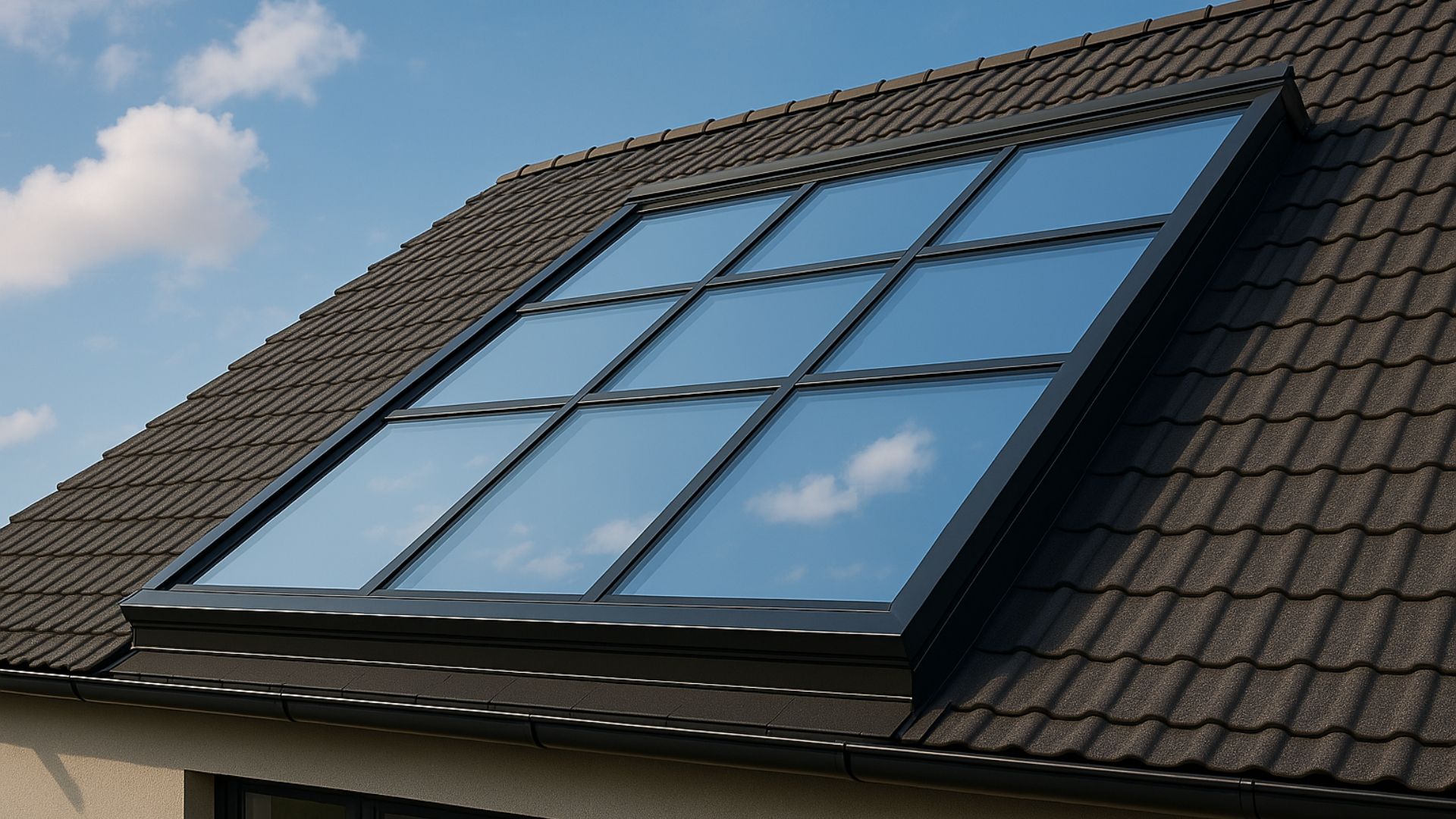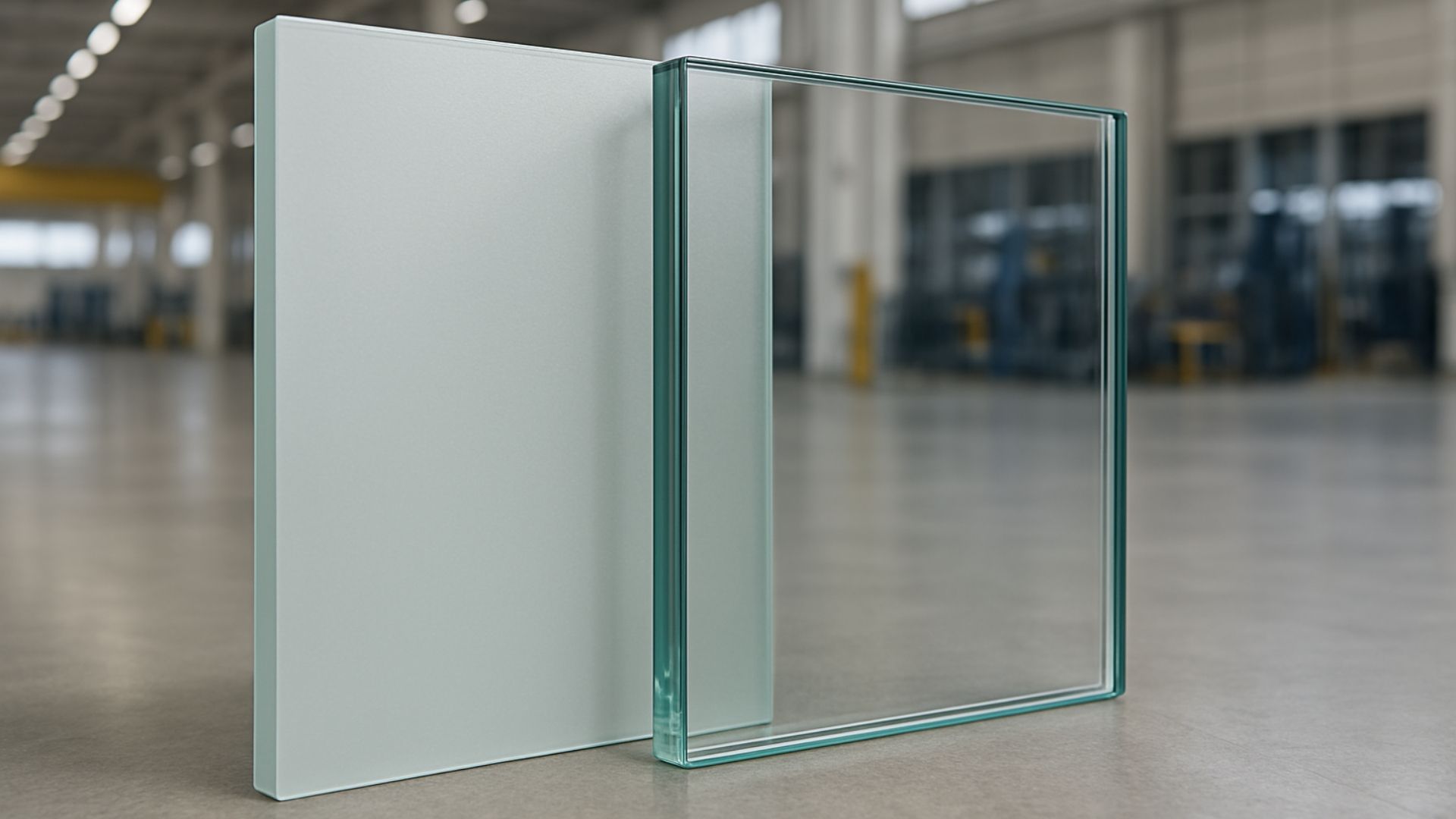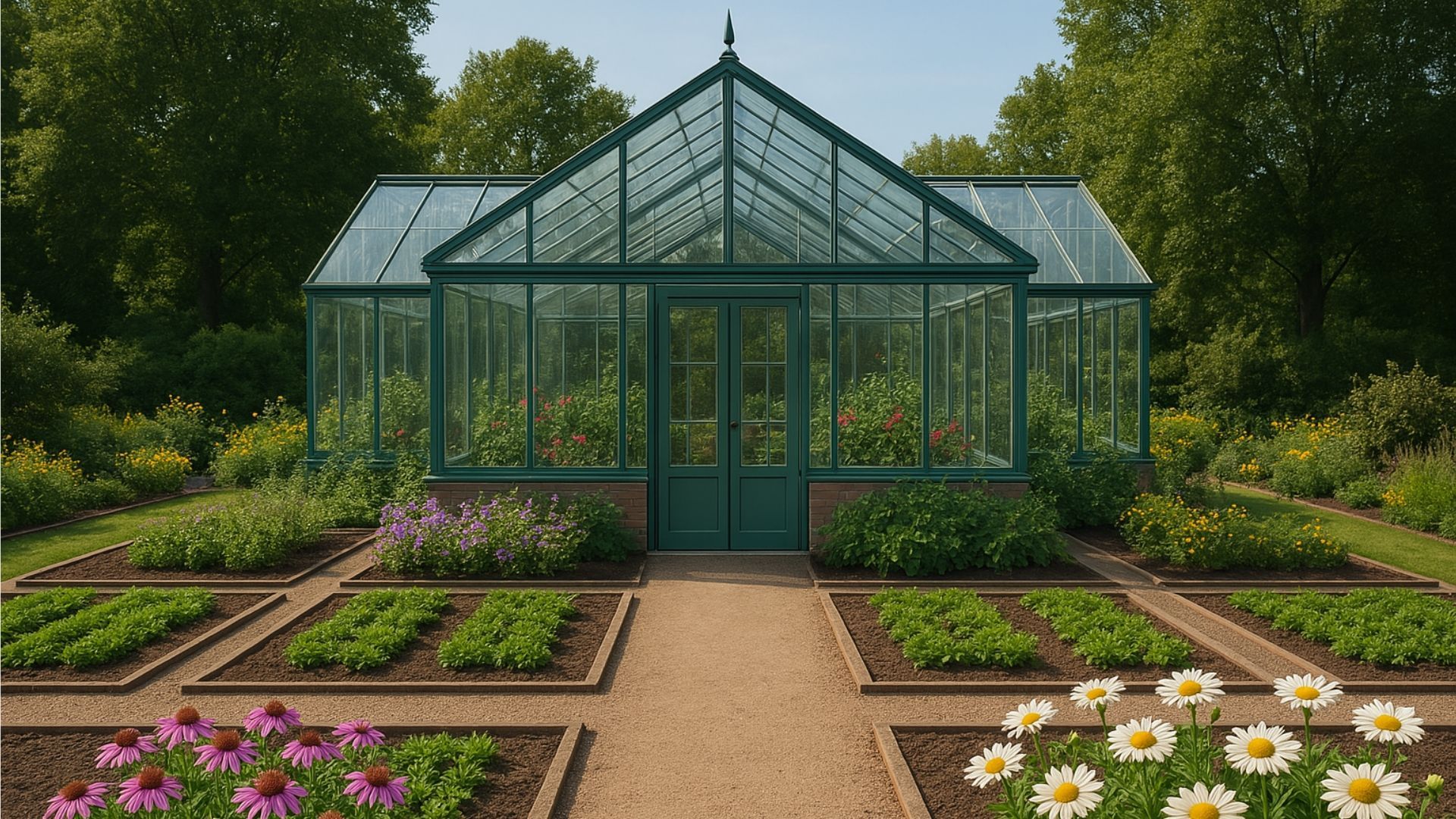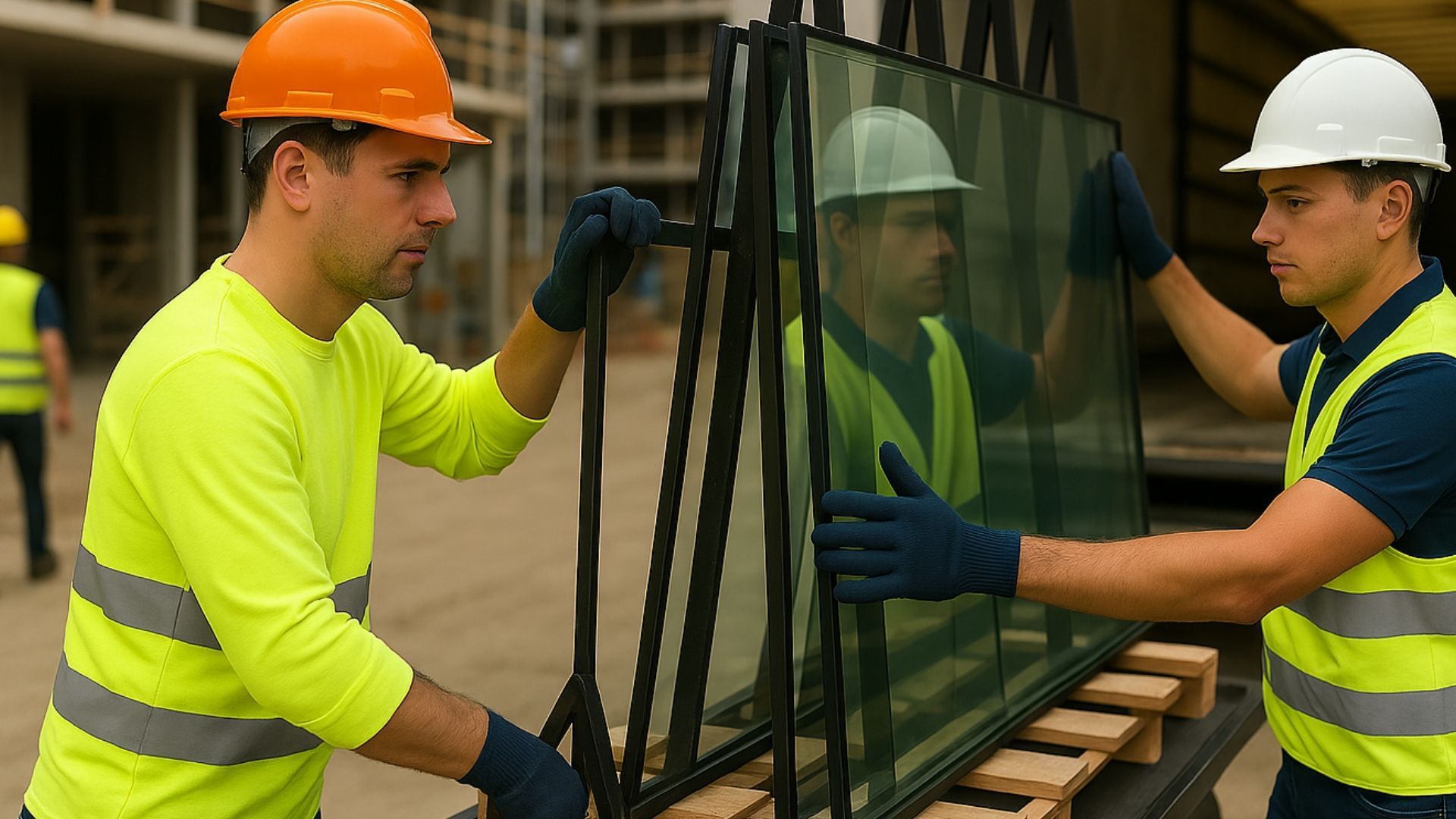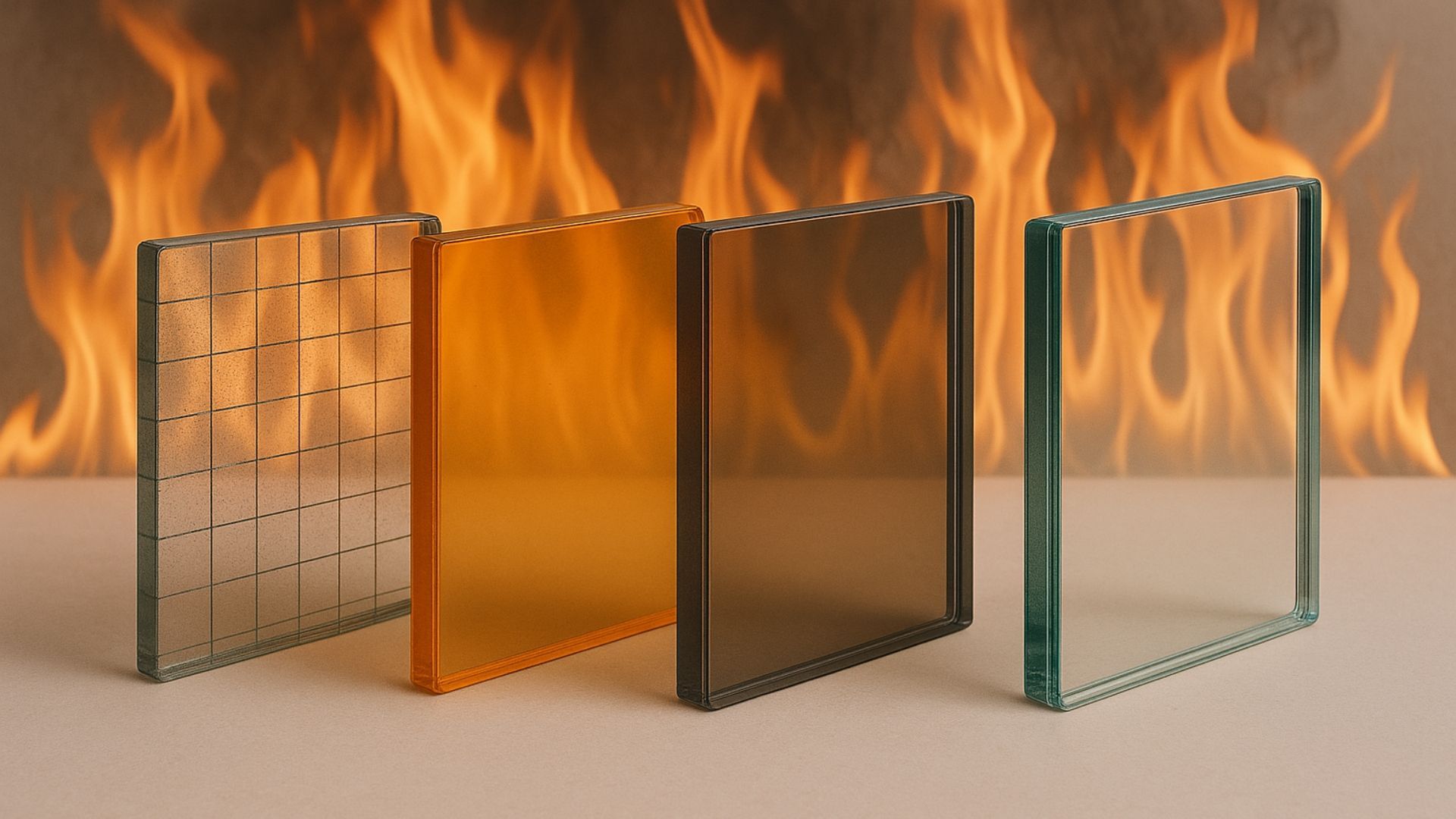How decorative glass can make visual merchandising sing
Share this blog:
Looking to up your visual merchandising game? Glass could be the answer. Learn more about your options.

Reports of the death of the high street have been greatly exaggerated. While the dramatic rise of eCommerce has undoubtedly split the market, many retailers still make bank at brick-and-mortar stores.
But if the death of the high street is overblown, the slow decline of visual merchandising could do with a bit more airtime.
Visual merchandising is all about getting the customer excited about your products by positioning and presenting them effectively. Plenty of retailers think about display tables and items at checkout. But what about the storefront itself? Too often, the high street looks generic and uninviting.
Creating a strong impression before the customer walks in has always been worthwhile. But when the high street is competing with web stores, it's never been more important.
Whether it's signage, lighting, colour combinations or decor, visual merchandising helps impress customers and generate interest in products – and all of them can be made to sing with some carefully placed decorative glass.
Yes, decorative glass is the perfect way to catch a customer's eye – and it's a far more diverse product range than you might expect.
In this article, we explore some of the ways that decorative glass can improve your visual merchandising. But first, why does visual merchandising matter at all?
The importance of visual merchandising
First appearances are hugely important in retail – whether it's the look of your website, your handshake in a meeting or your tone of voice when speaking to a customer.
The look of your brick-and-mortar store is no exception. An attractive store can increase sales by drawing the eye to products and offers that the customer might otherwise overlook.
As well as this, it improves the customer's overall experience and makes it a talking point. This, in turn, can improve public perception of your brand.
So don't let potential buyers walk past your store without making a strong impression – and once inside, ensure that your store's layout invites them to explore your products.

What kinds of decorative glass can be used in visual merchandising?
There are three main types of glass that can be used to striking effect in visual merchandising: coloured glass, printed glass and smart glass.
Coloured glass has long been used to add aesthetic interest to buildings. Just think of cathedrals and mosques. Today, coloured glass is often made by inserting a coloured interlayer between glass panels.
This interlayer can be a single tone or a rich combination of colours. The available permutations are inexhaustible, if not endless. This makes it ideal for storefronts and display cabinets – especially if you want your brand colours to be literally reflected in your store.
Then there's
printed glass. Glass can be printed in different ways. It can be
sandblasted,
digitally printed or
screen-printed. All of these methods are durable and long-lasting. In the case of digitally printed glass, the inks will be on show for as long as the glass itself.
These products allow retailers to print logos, designs and slogans onto glass, be it the shop's facade, a display cabinet, a sign or a screen at the counter. Each surface in your store can become a branding opportunity – and the choice of material gives the environment a sleek, modernist look.
Finally, there's
smart glass.
This is a remarkable innovation that lets you switch glass from transparent to opaque with the touch of a button.
Often used to increase privacy in homes, offices and medical buildings, smart glass can also be used as a projection screen. A smart glass storefront can function as a billboard, with images and videos running all through the working day. This means that your storefront itself can now tell your story and share your brand message.
Smart glass isn't exactly cheap. But it's an investment that can pay dividends as your store stands out on the high street. Above all, it shows you mean business.
Three examples of decorative glass in visual merchandising
1. Harrods, London
When Rolls Royce was getting ready to launch its Dawn Drophead Coupé, it was keen to make an impression.
It did this by working with creative agency JUSTDO to cover the windows of Harrods, London, with switchable smart film. A countdown was projected onto the windows, which slowly revealed the car as the smart glass turned from frosted to transparent.
2. Hermès, Amsterdam
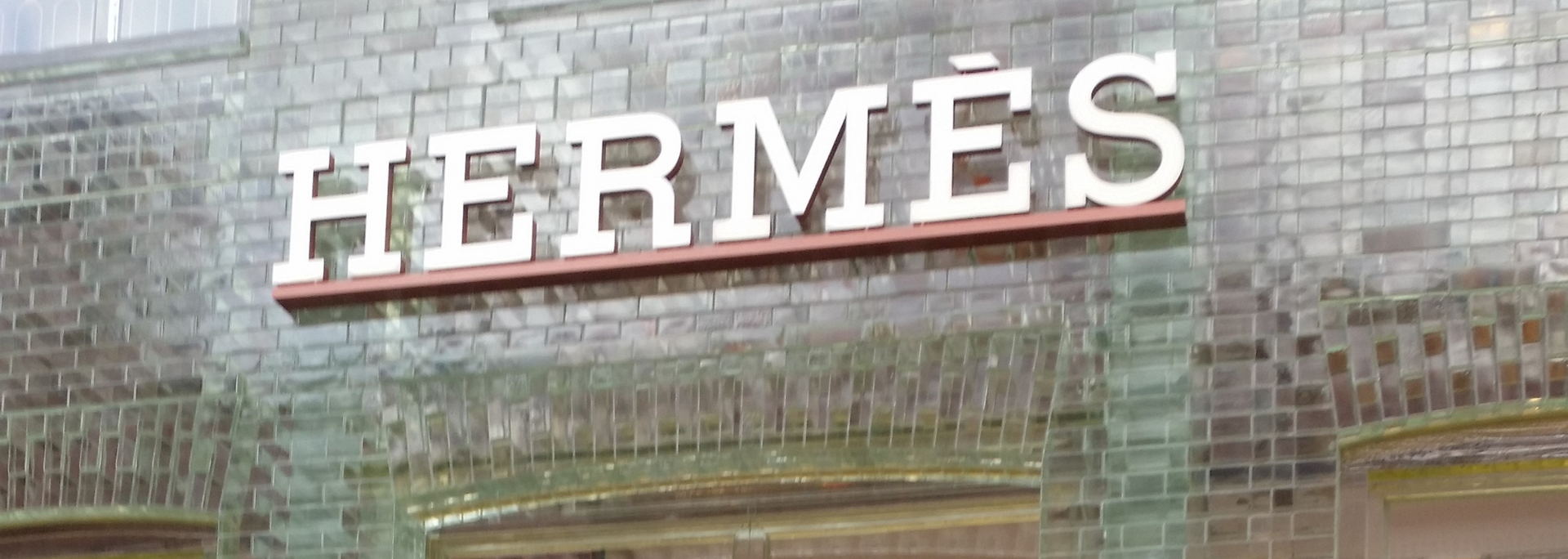
The Hermès department store in Amsterdam is a townhouse building with a glass brick facade that customers crane their necks to see through.
Glass bricks were the toast of the 1980s and are finally making a comeback. A similar effect was achieved at North American fashion boutique Forty Five Ten's New York store. Its attention-grabbing glass brick front drew shoppers into its 16,000-square-foot store.
3. Canada Goose's Toronto store
Canada Goose makes outerwear for extreme weather. But its Toronto store doesn't stock any of it. Instead, it provides an immersive, multisensory experience to show shoppers just how rugged its products are.
Star of the show is the "Cold Room", a space that simulates freezing conditions as films about the Arctic are projected onto the walls.
But to get there, you enter through "The Crevasse". This is a glass walkway made out of OLED panels. As you walk on it, you feel as though you're walking on ice.
Final thoughts
At a time when the consumer market is saturated and brick-and-mortar stores face competition from eCommerce, visual merchandising has never been more important. And what better way to stand out than by exploring the applications of coloured, printed or smart glass?
At ToughGlaze, we stock all these options. Glass panels can be cut to size and processed according to your business's exact requirements. Not only that, but you can be sure that anything you buy from us has been processed in accordance with EN regulations.
So if you're in the market for some
decorative glass, don't hesitate to
get in touch – we'd love to fix you up with the right materials for the job.


